When I first arrived in Catania Italy, the city greeted me with the sun-warmed scent of citrus trees and the intense presence of volcanic stone everywhere. Nestled on the eastern coast of Sicily, Catania sits in the shadow of Mount Etna, Europe’s most active volcano. This city has a quiet power, shaped by history and nature, with streets full of life, food aromas, and stories waiting to be told. From its baroque buildings to the lively marketplaces, Catania is a place where past and present mingle beautifully.
Table of Contents
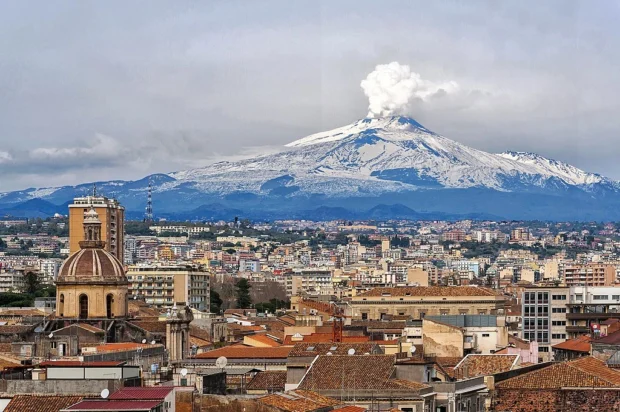
Walking Through Catania’s Historic Heart
My first steps took me to the Piazza del Duomo, the city’s lively main square. At its center stands the famous Fontana dell’Elefante, a black lava stone elephant statue that locals call “u Liotru.” This curious creature symbolizes Catania’s strength and resilience. Nearby, the Catania Cathedral, dedicated to Saint Agatha, towers with its mix of Norman, Gothic, and Baroque styles. The cathedral itself holds the relics of Saint Agatha, the city’s patron saint, whose story is deeply woven into Catania’s identity. Feel free to check its website for more details about services and history.
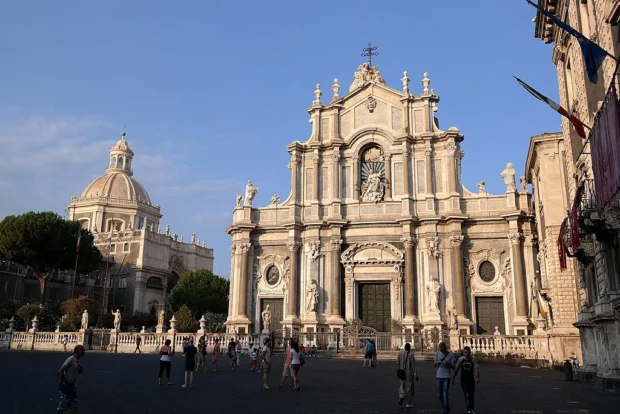
Strolling further, I passed the bustling Pescheria market just behind the square. Here, fishmongers loudly advertise their fresh catch while vibrant stalls overflow with fruits and vegetables. This market is a sensory feast-sharp sea air mixed with sweet citrus, the sound of Sicilian dialect filling the air. Try to catch a local phrase like “Comu si senti?” (How do you feel?) to break the ice with vendors-it’s a warm, friendly way to start a conversation.
If you find Catania’s lively markets captivating, the vivid markets of Naples offer a rich taste of another spirited Italian city.
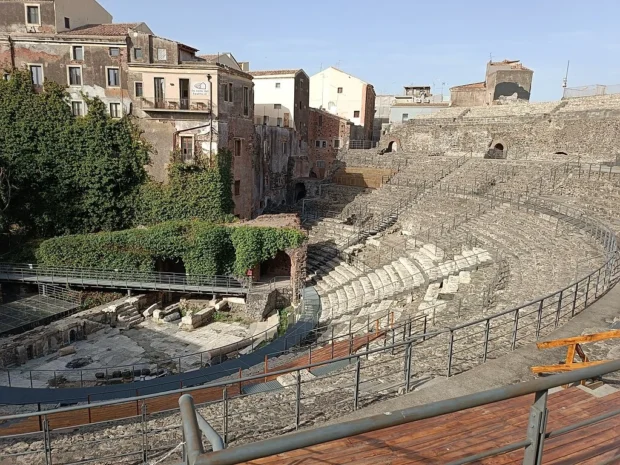
Hidden Corners and Cultural Quirks
The city’s architecture tells stories layered like volcanic ash. Walking along Via Crociferi, a UNESCO site, I admired the elegant Baroque churches bedecked with delicate statues and ancient columns. This street is less crowded, perfect for a quiet moment among religious art and history. Nearby, the Teatro Massimo Bellini offers nightly performances of opera and classical music. Its richly decorated interior celebrates Vincenzo Bellini, Catania’s most famous composer.
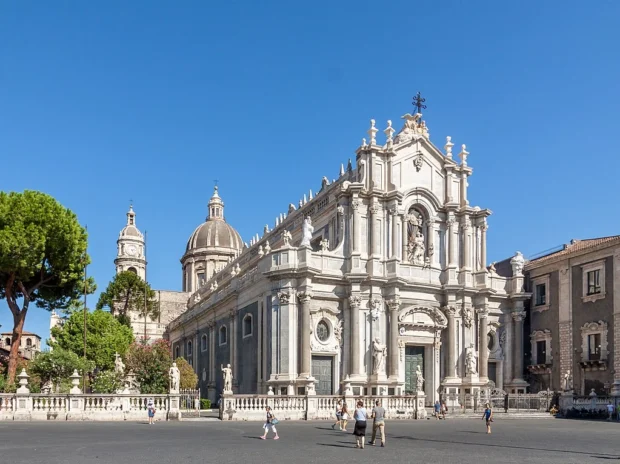
A unique spot I found was the Roman Amphitheater, half-buried in Catania’s busy streets. You can almost imagine the roar of crowds in ancient times, watching gladiators and performances. Few tourists seem to notice this gem beneath the city center’s modern life.
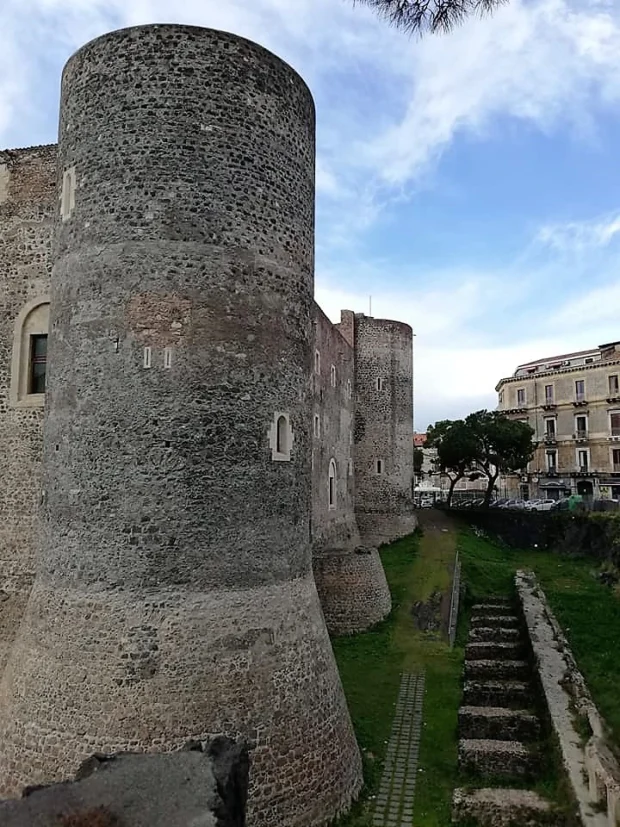
Local Flavors and Where to Eat
Catania’s culinary scene is a delicious reflection of its geography and history. The city is famous for “arancini,” golden fried rice balls filled with ragù, peas, or cheese. I tried mine in the city’s old district of Borgo, where tiny trattorias serve recipes handed down through generations. Seafood is also spectacular here-fresh swordfish, sardines, and the sweet flavors of Sicilian orange-infused sauces.
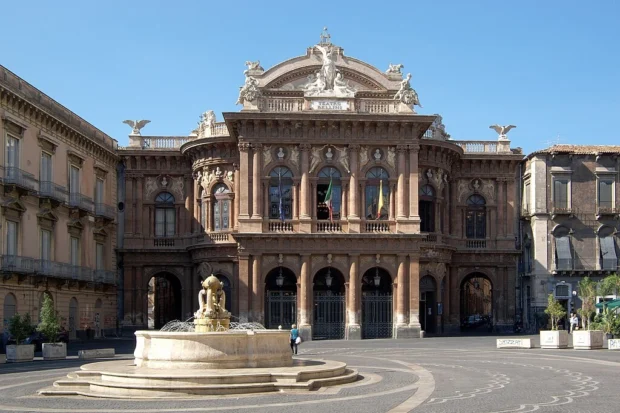
For sweets, don’t miss “cannoli,” crispy pastry tubes filled with sweet ricotta cheese, or “granita,” a semi-frozen dessert often enjoyed alongside a fresh brioche bun for breakfast. I found a small café in the neighborhood of Alcanitz where the owner proudly explained that their granita recipe comes from his grandmother.
After enjoying Catania’s rich flavors and local life, a visit to Florence’s vibrant streets and Renaissance landmarks offers a contrasting Italian experience full of art and history.
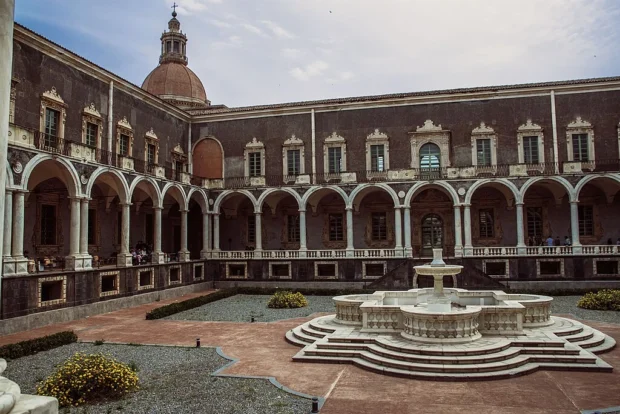
Getting Around Catania
Catania has a compact center, so walking is the best way to soak in the city’s atmosphere. If you arrive by plane at Catania Fontanarossa Airport, the shuttle buses connect efficiently to the town center. The train station, Catania Centrale, links Catania with other Sicilian towns, making regional travel easy.
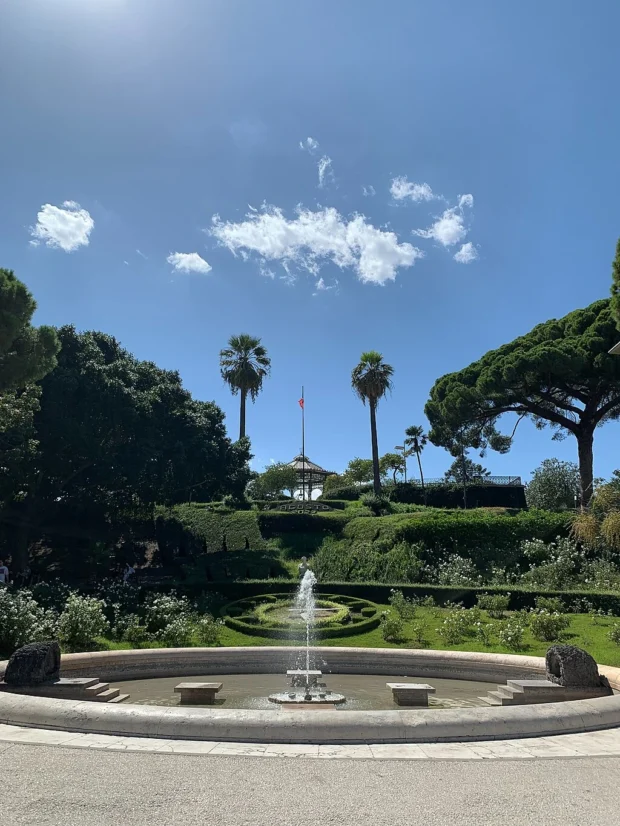
Buses run frequently but can be unpredictable, so having a local bus pass or app helps. Renting a bicycle is another enjoyable option for short trips, especially along the seafront. Remember, Sicilian drivers are known for their lively style, so be cautious when crossing streets.
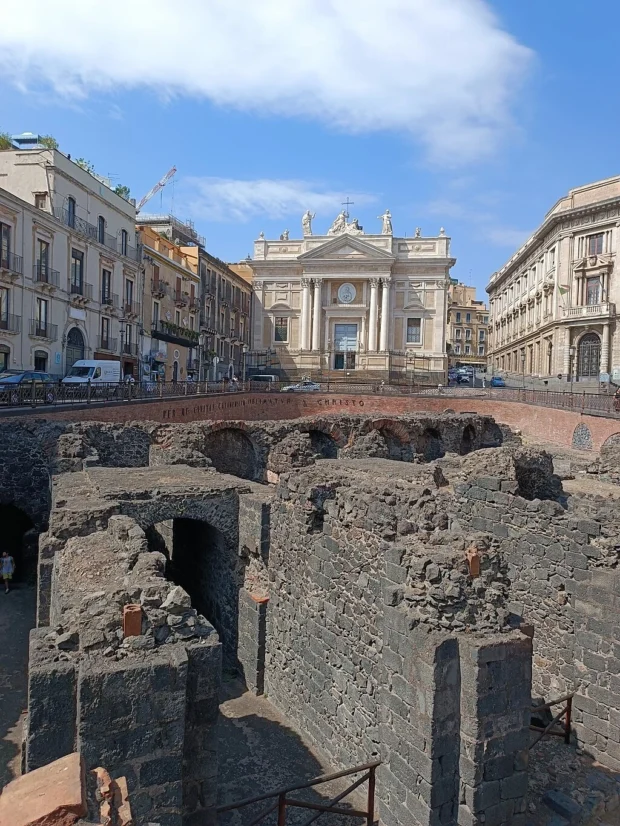
Simple Customs and Friendly Manners
In Catania, greetings and gestures matter. When you meet someone, a firm handshake and eye contact show respect. Saying “Buongiorno” (good morning) in the daytime or “Buonasera” (good evening) after sunset is polite and appreciated. During meals, keep your hands visible and avoid rushing-mealtime is social time here. Sicilians enjoy taking their time chatting and savoring food.
One interesting local phrase I heard often is “Chi bedda genti!” which means “What beautiful people!” It is a warm way to compliment someone’s kindness or appearance. It reflects the friendly spirit I experienced among Catania’s residents.
Where to Stay for a Genuine Visit
While Catania has hotels and guesthouses, I suggest staying close to the city center in a small apartment or pensione. This gives a feeling of belonging rather than being a mere tourist. Neighborhoods such as the historic center or near Piazza Stesicoro offer charming narrow alleys, local bakeries, and easy access to landmarks.
Evenings here are lively but not noisy, with locals enjoying passeggiata-the ritual walk to see friends and stroll through the piazzas. I joined one and found myself invited to share a coffee after meeting a couple of artisans who craft traditional ceramics. It’s moments like these that make Catania unforgettable.
Nature’s Mark: Mount Etna’s Shadow
No visit to Catania is complete without noticing Mount Etna. This volcano’s frequent activity has shaped the city’s landscape and culture for centuries. The black lava stones used in buildings add a dramatic contrast to the bright Sicilian sunshine. On a clear day, you can see smoke rising gently from Etna’s crater, reminding everyone of nature’s power just outside the city walls.
Locals respect the volcano deeply, sometimes saying “Etna è nostra mamma,” meaning “Etna is our mother.” Its eruptions, while dangerous, also bring fertile soil that makes Sicilian agriculture rich and diverse.
Final Thoughts on Catania Italy
Catania is a place of contrasts and comfort, where ancient ruins live alongside lively markets and baroque majesty. I recommend taking your time here-listen to the stories locals tell, taste dishes flavored with history, and watch the sun set behind Etna’s mighty form. Whether you roam the lively piazzas or find a quiet corner in a café, you will feel the city’s pulse.
After spending days wandering, I often found myself humming a local phrase: “A prestu!” It means “See you soon!”-a perfect wish from a city that warmly invites you to return.
For a captivating contrast to Catania’s volcanic charm, the magnificent Alcázar of Seville offers rich royal architecture reflecting Spain’s diverse history.
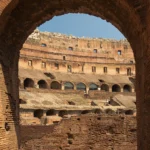
Explorer of historic places and culinary traditions, combining landscape appreciation with food culture.
- Catania Aug 2023 23 11 52 766000 by Robot8A on Wikimedia Commons – cc by-sa 4.0
- Catania vista dall'alto e il vulcano Etna a sovrastarla by Dariolp83 on Wikimedia Commons – cc by-sa 4.0
- Catania – Piazza del Duomo al tramonto by Luca Aless on Wikimedia Commons – cc by-sa 4.0
- Catania – Teatro romano di Catania – 2024-09-11 12-13-16 009 by Viaggiamocela on Wikimedia Commons – cc by-sa 4.0
- Catania Cathedral msu2017-9550 by User:Matthias Süßen on Wikimedia Commons – cc by-sa 4.0
- Castello Ursino 05 02 2020 12 by Effems on Wikimedia Commons – cc by-sa 4.0
- Catania BW 2012-10-06 11-11-06 by Berthold Werner on Wikimedia Commons – cc by-sa 3.0
- Catania – Chiesa di San Nicolò l'Arena – chiostro by Cristina Morettini 95 on Wikimedia Commons – cc by-sa 4.0
- Catania Aug 2023 23 11 03 254000 by Robot8A on Wikimedia Commons – cc by-sa 4.0
- Catania – Anfiteatro romano di Catania – 2024-09-10 20-06-24 004 by Viaggiamocela on Wikimedia Commons – cc by-sa 4.0
